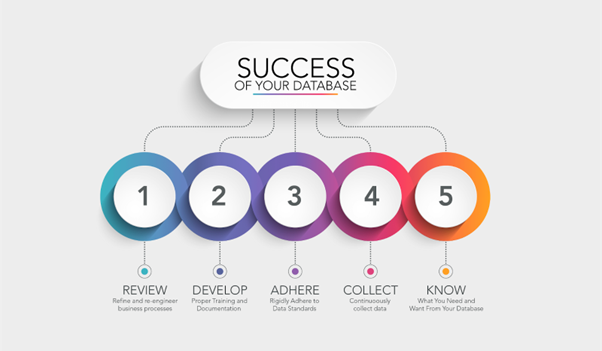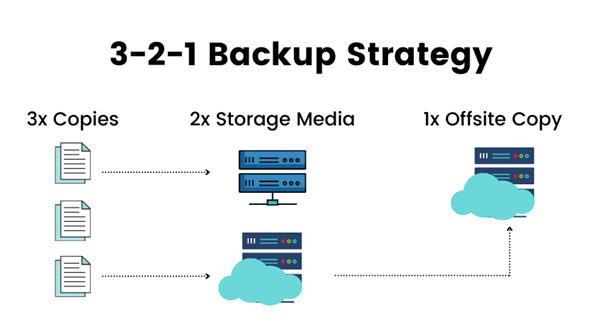How to Make Your Database Run Faster: 8 Smart Ways That Actually Work

Let’s be honest—nobody likes a slow system.
People will get angry and leave your site or app if it takes too long to load.
Most of the time, this is because of a database that can't keep up.
The good news, though?
To fix this, you don't always have to spend a lot of money on computers or hire a lot of database experts.
There are easy, tried-and-true ways to make your database work better.
These methods are used by skilled data engineers all over the world, and they work for both small and large businesses.
Let's talk about each one in simple terms.
1. Indexing: Give Your Database a Map
Think about how much easier it is to find a recipe in a cookbook when there’s an index at the back.
That’s exactly what indexing does for your database.
When you create the right indexes, your database can quickly jump to the information it needs, instead of checking every row one by one.
Simple tip:
Don’t add indexes everywhere. Focus on the columns that your queries use the most.

2. Materialized Views: Prepare Answers in Advance
Find a recipe much more quickly in a book with a list of all the recipes in the back.
In the same way, indexing does the same thing for you.
If you set up the right groups, your database will be able to quickly find the data it needs without having to look through each row one by one.
Remember:
Update these views regularly so they don’t show old data.
3. Vertical Scaling: Upgrade Your Server (But Plan Ahead)
When you use indexing, the database creates a shortcut to find data based on the most common queries. Instead of scanning the entire table, it can jump directly to the relevant rows using these indexes. This reduces the time it takes to retrieve information, especially from large tables.
Good for:
When you’re growing but not yet ready to make big changes to your database structure.
4. Denormalization: Make Data Easier to Reach
It's easy to find data in the database because it keeps track of the most-asked questions. It doesn't have to look through the whole table to find the right rows; these keys let it go right to them. These changes make it faster to get info, especially from large records.
Use carefully:
Only when you’re sure that joins are slowing you down badly.
5. Database Caching: Store Hot Data Closer to Users
Database caching stores frequently accessed data in a faster memory layer, such as Redis or Memcached. This allows the application to retrieve the data quickly without repeatedly querying the main database. By offloading these common requests, caching helps reduce the load on the primary database and improves overall system performance.
Best for:
Product lists, user profiles, or data that doesn’t change too quickly.
6. Replication: Make Backup Copies for Extra Speed and Safety
Replication means making copies of your database on other servers.
This lets your system share the workload.
One server can handle some users, while another server helps others.
It also keeps your app running if one server has a problem.
Note:
Use these extra copies mostly for reading data, not for making changes.

7. Sharding: Divide and Rule
When your database becomes too big for one server to handle, it’s time to divide it into smaller parts, called shards.
Each shard holds part of the data, like breaking a phone book into smaller books by city.
This makes your system faster and easier to manage.
Important tip:
Plan your sharding carefully. Do it based on smart rules (like user ID or region) so your system stays balanced.
8. Partitioning: Organize Large Tables Inside the Database
Partitioning is similar to sharding, but it happens inside the same database.
You split a big table into smaller chunks (called partitions), often by date or type.
This makes your queries faster because the system knows exactly where to look.
Best for:
Large logs, order history, or records that grow daily.
The Winning Formula? Combine These Tricks
Here’s where most teams get it wrong—they try just one method and stop.
But smart companies combine these methods in layers.
For example:
- Start with indexing and caching to get quick wins.
- Add materialized views and denormalization where queries are too slow.
- Use vertical scaling until it gets too costly.
- Then bring in replication, sharding, and partitioning as your data grows.
Always monitor how your system performs and adjust as needed.
What works today might not be enough tomorrow.
Final Thought: It's About User Experience, Not Just Data Speed
At the heart of all these methods is one simple goal—make your app or website feel fast, smooth, and reliable for your users.
It’s not just about fancy database tricks.
It’s about making sure your users never have to wait.
And the best part?
These strategies are proven, and you can start using them today, even if you’re not a database expert.

